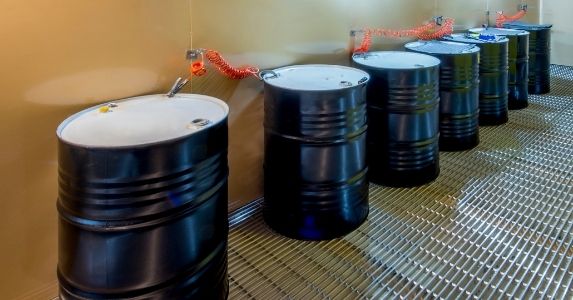California Hazardous Materials Handlers: What You Need to Know About CERS
The United States’ various governing bodies heavily regulate hazardous materials—and California’s state rules are particularly strict. To ensure vulnerable employees and the community stay safe, Golden State organizations that handle or store hazardous materials above local, state, or federal thresholds face numerous regulations.
Despite strict regulations, California makes it easy for facilities that handle hazardous materials to remain compliant—via a localized, web-based system called the California Environmental Reporting System (CERS), which is used to collect and store relevant hazardous materials data. This makes it easier to meet regulatory reporting deadlines, assists in emergency responsiveness within the community, and enables the avoidance of fines associated with various reporting requirements.
Why CERS for Hazardous Materials Reporting?
If you have recently begun operations with hazardous materials in California, familiarity with CERS is paramount. All Californian businesses that handle or store hazardous materials above specific local, state, or federal thresholds are required to submit specific information through CERS—or else face fines of up to $2,000 per day. It is also through this system that a number of regulatory reports need to be filed—each of which are associated with their own hefty penalties for non-compliance.
Compliance failure can potentially mean fines, business interruptions, and unsafe workplace operations. Fortunately, CERS provides one database for reporting and data storage, making keeping track of the rules and meeting regulatory requirements simple and efficient. With the help of this system, Californian facility managers can easily track and maintain hazardous materials information.
History of CERS
In 1993, the California Environmental Protection Agency (CalEPA) initiated the Unified Hazardous Waste and Hazardous Materials Management Regulatory Program. In developing this "Unified Program," CalEPA sought to consolidate environmental and emergency management programs.
When the state established CERS within the Unified Program in 2009, it created one space for hazardous materials data storage. This special platform enables Californian businesses and facilities to electronically exchange and centrally store hazardous materials data more easily.
The same year, state legislators passed Assembly Bill 2286—formally requiring the electronic submission of all hazardous materials information and regulatory reports. All businesses must submit facility information through CERS by March 1 of each year, or on deadlines that can vary by city.
CERS Data and Reporting
The Unified Program in general, and CERS in particular, ensure consistency in permitting, inspections, enforcement, and more across California. It also helps operations managers easily access and manage forms and important hazardous materials and waste information for any use.
As CalEPA explains: “The program protects Californians from hazardous waste and hazardous materials by ensuring local regulatory agencies consistently apply statewide standards when they issue permits, conduct inspections, and engage in enforcement activities.”
While CERS wasn’t designed to be an emergency response tool, it can provide information to help first responders be as prepared as possible if there is a chemical emergency. It also enables consistent regulatory compliance across the state—further reducing risk. The platform helps companies in California avoid penalties for non-compliance—and helps ensure the safety of workers and the community at large.
CERS: Common Questions
Now we will review some common CERS questions.
1. How do I know what the reporting requirements are for my facility?
Reporting requirements vary based on your business activities. Within CERS, under each facility you manage, there is a “Business Activities” form that must be filled out. The answers provided on this form will dictate applicable reporting requirements.
2. What do I do if I used CERS last year, but my facility has since relocated?
If your business has moved since your previous submission, you need to add the new facility to your profile.
3. Which forms must be submitted or uploaded in CERS?
Required at a minimum: Facility Information including Business Activities and Business Owner/Operator Identifications forms; a Hazardous Materials Inventory; a Site Map; and Emergency Response and Training Plans. Other forms are required if your facility has Aboveground Petroleum Storage.
4. What if I must comply with Tier II chemical reporting for my facility?
By submitting a Hazardous Materials Business Plan in CERS, you will be in compliance with Tier II reporting in California.
Prepare for CERS Success
To new users, the CERS system can be complex and confusing. With the March 1, 2023 reporting deadline rapidly approaching, you may need a partner to help support you throughout the submission process. For more information about compliance reporting or to get help with CERS, contact Triumvirate Environmental today.






